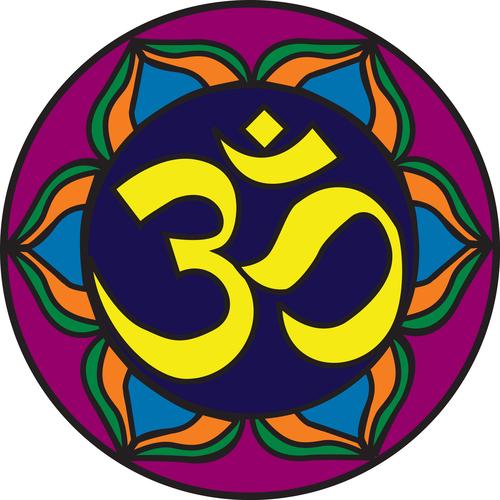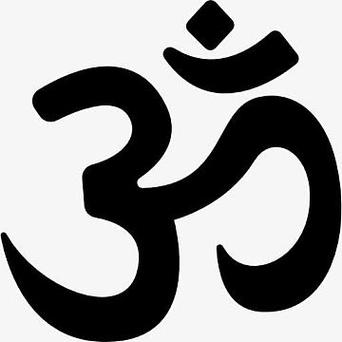Exploring the Omnipresent Different Symbols
Have you ever wondered about the significance of different symbols that seem to pop up in various aspects of our lives? From ancient civilizations to modern-day society, symbols have played a crucial role in conveying messages, beliefs, and cultural values. In this article, we will delve into the fascinating world of different symbols, exploring their origins, meanings, and their impact on our lives.
Origins of Symbols
Symbolism has been a part of human culture since the beginning of time. The earliest symbols were created by ancient civilizations to represent objects, ideas, and concepts. For instance, the Sumerians used cuneiform symbols to record their language, while the Egyptians used hieroglyphs to convey their thoughts and stories. These symbols were not only a means of communication but also a reflection of their beliefs and worldview.

One of the most intriguing symbols is the Ankh, an ancient Egyptian symbol that represents life and vitality. The Ankh is often depicted with a loop at the top, symbolizing the sun disk, and a cross at the bottom, representing the life-giving Nile River. This symbol has been adopted by various cultures and religions over the centuries, serving as a symbol of hope and renewal.
Meanings of Symbols
Symbols can have multiple meanings, depending on the context in which they are used. Some symbols are universally recognized, while others are specific to certain cultures or groups. Here are a few examples of symbols and their meanings:
| Symbol | Meaning |
|---|---|
| Swastika | Good fortune, prosperity, and well-being in Hinduism, Buddhism, and Jainism; however, it has been associated with the Nazi regime and is considered a symbol of hate in many parts of the world. |
| Yin and Yang | The balance of complementary forces in the universe, according to Taoism. The symbol represents the interconnectedness of all things and the constant flow of energy. |
| Heart | Love, compassion, and emotional well-being. The heart symbol is often used to express affection and support. |
| Peace Sign | Peace, harmony, and non-violence. The peace sign was created in 1958 by Gerald Holtom and has since become a global symbol of peace. |
It is important to note that the meanings of symbols can evolve over time and vary among different cultures. For example, the cross is a symbol of Christianity, representing the crucifixion of Jesus Christ. However, it also has historical and cultural significance in other religions and cultures.
Impact of Symbols on Society
Symbols have a profound impact on society, influencing our beliefs, values, and behaviors. They can be used to convey powerful messages, inspire change, and bring people together. Here are a few examples of how symbols have shaped society:

The LGBTQ+ Pride Flag is a powerful symbol that represents the LGBTQ+ community and their fight for equality. The flag’s colors, which include pink, red, orange, yellow, green, blue, and violet, represent various aspects of the community’s struggles and achievements.
The thumbs-up sign is a universal symbol of approval and support. It is often used in various contexts, from sports events to political demonstrations, to express agreement and encouragement.
The recycling symbol is a global symbol that encourages people to reduce waste and recycle. It has helped raise awareness about environmental issues and promote sustainable practices.
In conclusion, different symbols have played a significant role in shaping our world. From ancient civilizations to modern-day society, symbols have been used to convey messages, beliefs, and cultural values. By understanding the origins, meanings, and impact of these symbols, we can gain a deeper appreciation for the diverse and complex world we live in.




